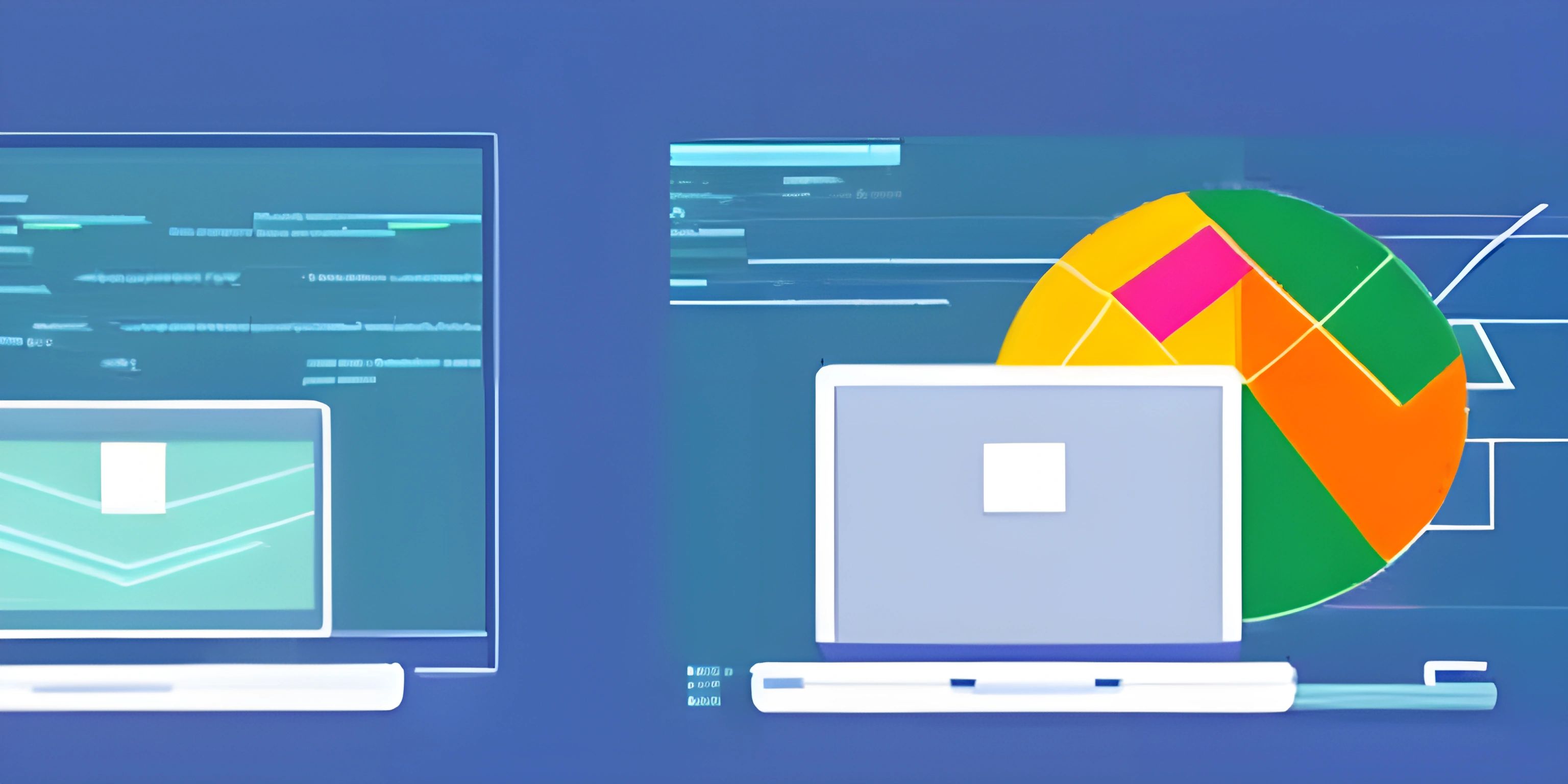Semantic Analysis with Java and GATE Framework

Note: this page has been created with the use of AI. Please take caution, and note that the content of this page does not necessarily reflect the opinion of Cratecode.
Programming languages have come a long way, from printing "Hello World" to comprehending and processing complex human languages. That's right, your computer can understand human language! Well, to an extent. This is where semantic analysis comes into play. It's like teaching your computer the subtle art of understanding language nuances. And yes, it's as fascinating as it sounds!
What is Semantic Analysis?
Semantic analysis, a sub-discipline of natural language processing, is a method to understand the meaning of a text, not just in terms of syntax but the actual context. It's like your computer turning into Sherlock Holmes, deducing meanings from words and sentences.
Imagine you're reading a book. It's not just the words you're reading, right? You're also understanding the story, the emotions, and the context. Semantic analysis is doing just that, but for your computer.
Enter GATE
Now, how do we teach the computer to understand language? Enter GATE, the General Architecture for Text Engineering. This powerful framework helps us perform tasks like text extraction, semantic annotation, and more.
Let's Get Hands-On
Enough talk, let's start teaching Java to comprehend English! We will make use of the GATE framework, so make sure you have that installed.
import gate.*;
import gate.util.*;
public class SemanticAnalysis {
public static void main(String[] args) {
try {
// Initialize GATE
Gate.init();
// Load ANNIE plugin
Plugin anniePlugin = new Plugin.Maven("uk.ac.gate.plugins", "annie", "8.6");
Gate.getCreoleRegister().registerDirectories(anniePlugin.getXmlGPath());
// Load a document
CorpusController controller = (CorpusController) Factory.createResource("gate.creole.SerialAnalyserController");
Document doc = Factory.newDocument("This is a test document.");
// Run ANNIE on the document
controller.execute();
// Print annotations
System.out.println(doc.getAnnotations());
} catch (GateException ex) {
ex.printStackTrace();
}
}
}In this snippet, we first initialize GATE and then load ANNIE, a plugin for GATE that contains a set of processing resources for information extraction. We then create a document with a simple sentence and run ANNIE on it. Finally, we print the annotations, which are the results of the semantic analysis.
Conclusion
With semantic analysis, we're one step closer to making our programs understand human language in all its complexity. By using Java and the GATE framework, we can perform semantic analysis with relative ease, opening a world of possibilities for future projects and applications.
Hey there! Want to learn more? Cratecode is an online learning platform that lets you forge your own path. Click here to check out a lesson: Full-stack Web Frameworks (Next.js) (psst, it's free!).
FAQ
What is semantic analysis?
Semantic analysis is a sub-field of natural language processing that deals with understanding the meaning and context of a text, not just its syntax. It's like teaching your computer to understand human language.
What is GATE?
GATE, or General Architecture for Text Engineering, is a powerful framework that aids in performing tasks like text extraction, semantic annotation, and more. It's a useful tool for implementing semantic analysis.
What is the ANNIE plugin in GATE?
ANNIE, or A Nearly New Information Extraction system, is a plugin for GATE that contains a set of processing resources for information extraction. It's used for tasks like tokenization, sentence splitting, part-of-speech tagging, and more.
How does the provided Java code perform semantic analysis?
The provided Java code initiates GATE, loads the ANNIE plugin, and creates a new document with a test sentence. It then runs ANNIE on this document to analyze it semantically and prints the annotations, which are the results of the semantic analysis.
How can semantic analysis be useful?
Semantic analysis broadens the capabilities of a program, enabling it to understand and process human language in a meaningful way. This can be particularly useful in fields like data mining, sentiment analysis, content categorization, and many more.





